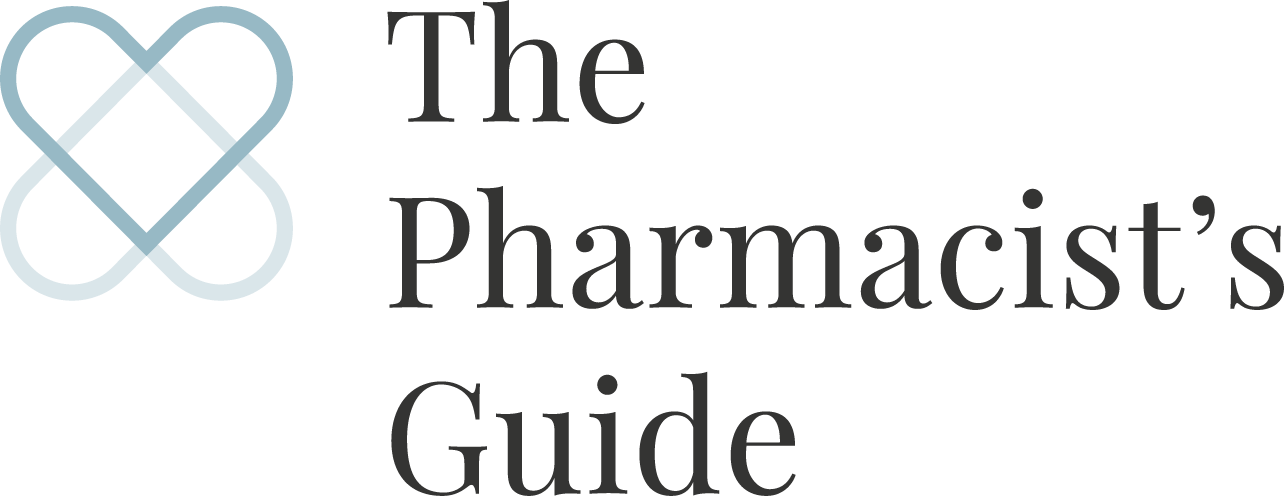HOW DO I BECOME A PHARMACIST?
Photo by Wavebreakmedia/iStock / Getty Images
In the United States, becoming a pharmacist entails undergraduate course work (2 to 4 years) and then four years of post-graduate work in pharmacy school. Before the year 2000, pharmacy school was only two years (you still had the option to get your PharmD), but after 2000 the doctorate degree became a requirement.
After pharmacy school, you graduate with a doctorate degree and will have the option to pursue a residency. A residency is post-pharmacy school and is usually one to two years. Residencies can take place in a variety of places (hospital, retail pharmacy, industry), but typically they are in a hospital - sometimes a big academic center - with the first year being general pharmacy practice and the second year being more specialized (cardiology, ambulatory, drug information, critical care, etc...). During a hospital residency, you will be responsible for rounding on patients, looking at their medication profiles and making recommendations and helping the interdisciplinary team manage different drug interactions and side effects. You also may give presentations to pharmacy personnel or other departments as well as have an overarching research project for the year.
After you graduate from pharmacy school, you will receive you PharmD (Doctorate of Pharmacy) and will have to take the NAPLEX and state MPJE to become a practicing pharmacist. The NAPLEX (North American Pharmacy Licensure Examination) is a 185-question computer based exam which evaluates a prospective pharmacist's knowledge on pharmacotherapy, medications (for preparing and dispensing) and evaluation of information. The MPJE tests you on the pharmacy law specific to the state that you are requesting licensure from (there is also federal pharmacy law included on the exam).
Every year, you will be required to have continuing education (CE). The CE requirements are different for each state but are required to renew and maintain an active license. Also, you will have to renew your license every one to two years depending on the state(s) of your licensure.
So, this is the path to becoming a pharmacist. After you have made your decision to pursue pharmacy, the next step is getting into school!

